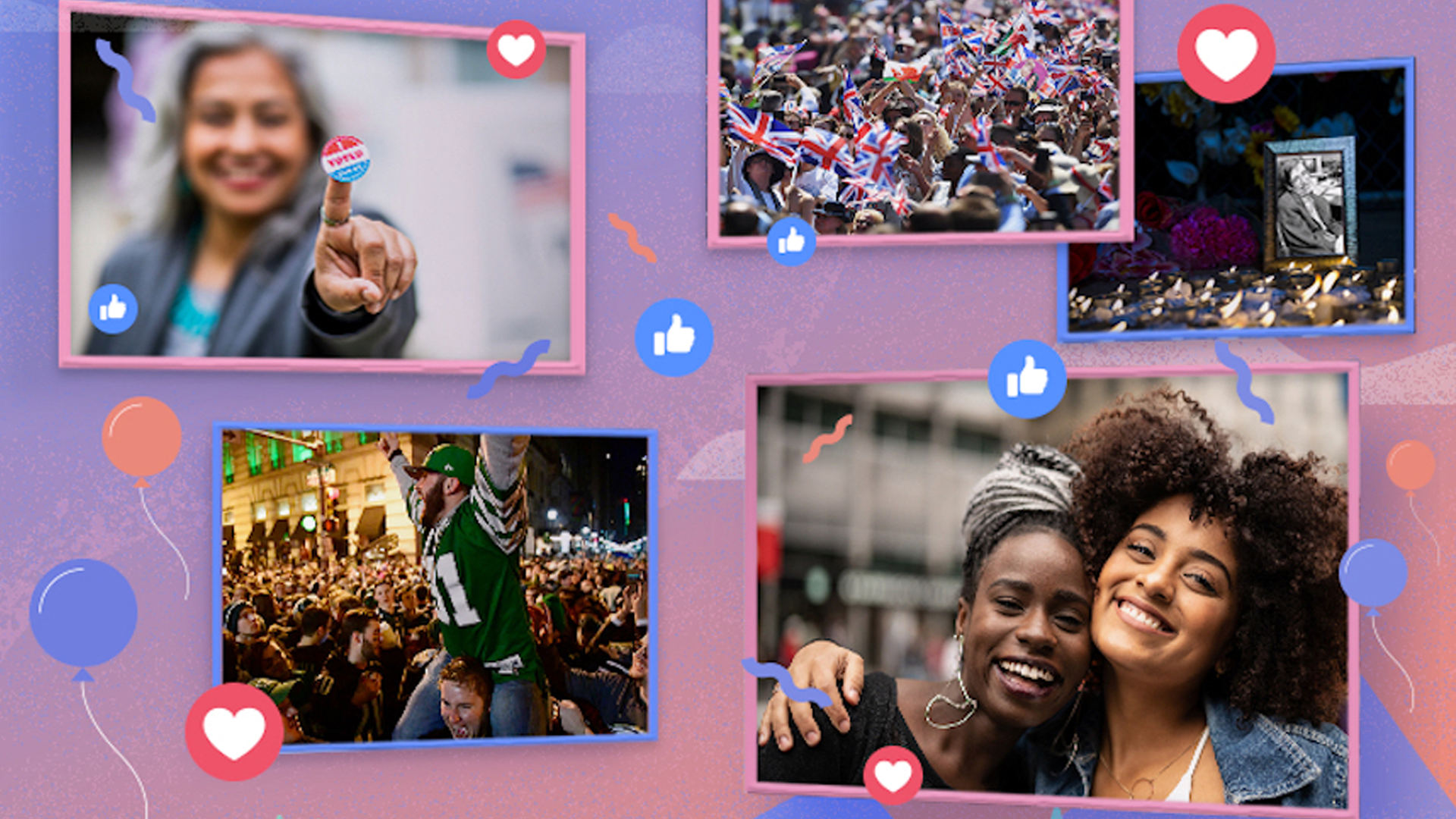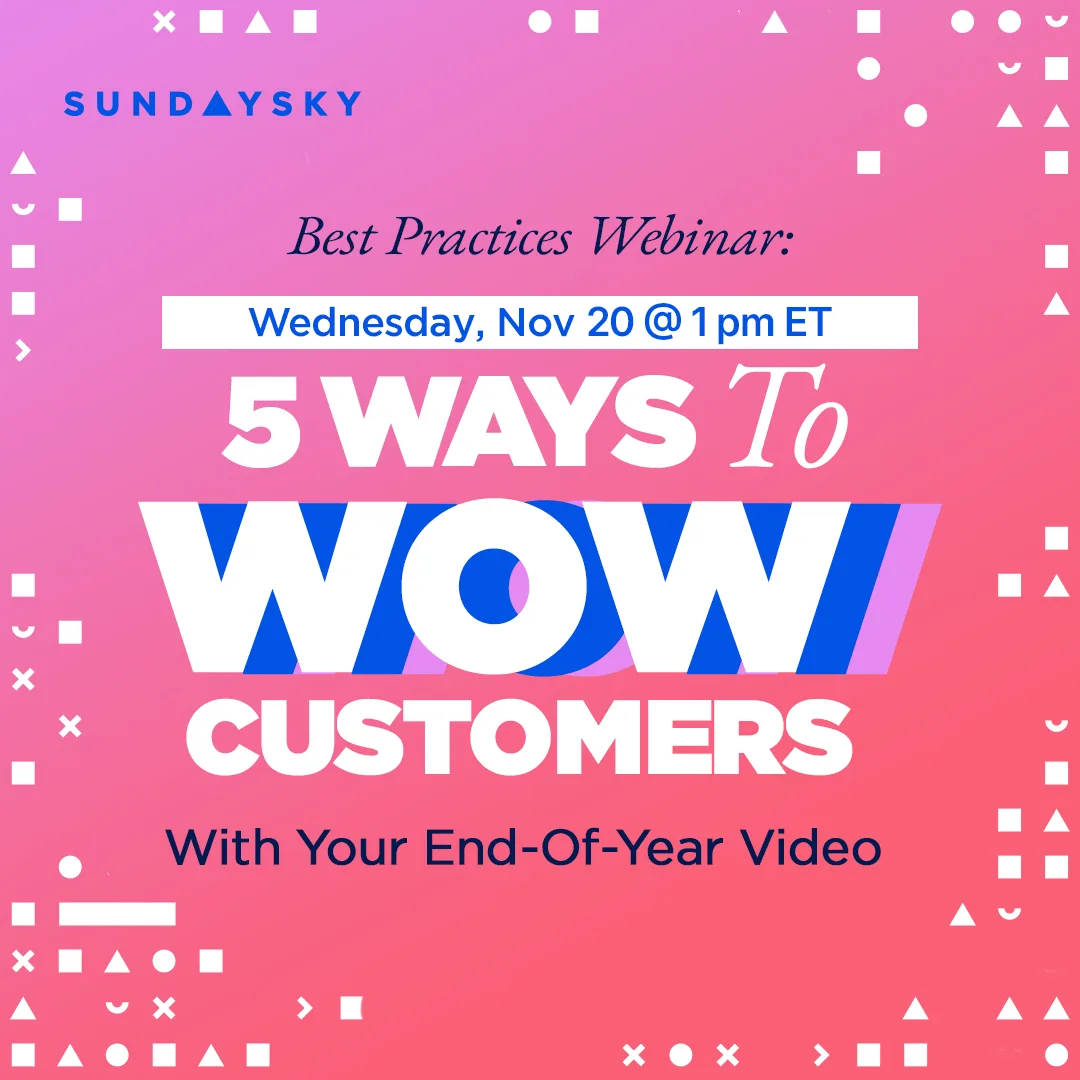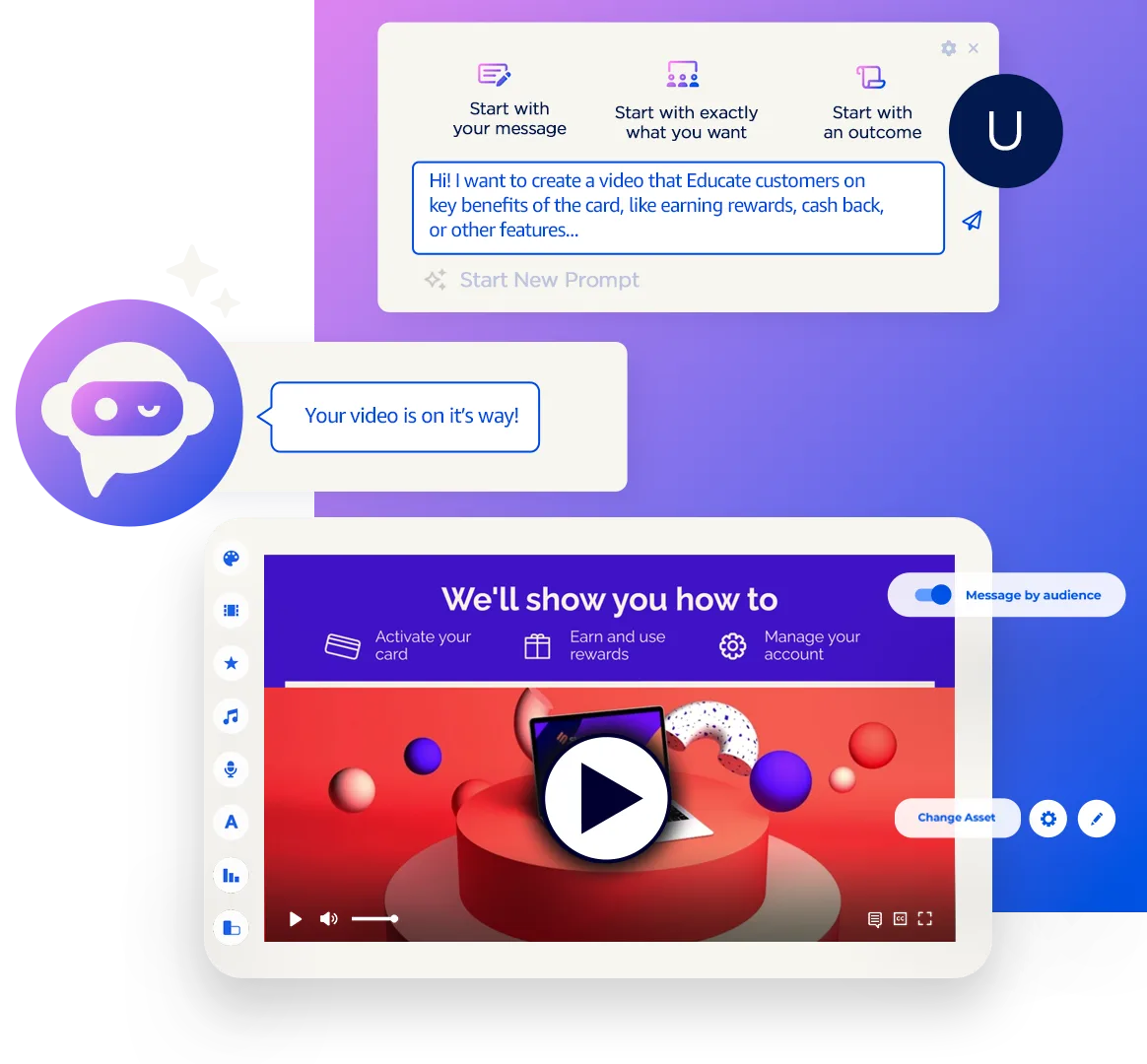A while back, our SVP of Creative and Industry Solutions, Guy Atzmon, discussed the state of personalized video at Facebook and gave his thoughts on how they could continue to grow in the space. He pointed out that the popularity of the different types of personalized videos on Facebook reinforces the power of the medium, but went on to claim they still weren’t delivering truly personalized experiences yet. He supported his claim by explaining that each of the videos were the same exact sequence of scenes that told the same stories, and the only instances of personalization within them were the photos that were being displayed. With the major changes seen in the latest deployment of their Year-In-Review videos last month, it appears Facebook listened to some of Guy’s critiques and has improved in leaps and bounds in their personalized video department.
At first glance, the Year-In-Review videos for 2018 look a lot like their predecessors in that they’re a series of scenes recapping each user’s year with personalized photos sprinkled throughout, but the first glaring difference is that each video actually contains different scenes according to major events that the user may or may not have experienced over the past year. For example, if a user happened to add a lot of new friends over the year then they were shown a scene that called out the number of friends they made. Whereas, if another user added few new friends but changed their relationship status to ‘engaged’ then they received an engagement scene instead of the new friends scene. The fact that Facebook now has multiple scenes that play in various different orders allows them to finally create more relevant videos based on data they have on users. This also creates more variety among the videos so that they are less repetitive and not so easy to scroll past when your friends and family see them on their feed.

It’s also important to note that with this video Facebook finally decided to delve more into playing with aspect ratios that are better suited for their mobile experience. They decided to use a vertical ratio to maximize mobile screen real-estate since the majority of their users experience their platform on mobile devices. This simple detail shows that Facebook has begun looking at personalization as something that is much more than just customized content within engagements. Personalization is also making the conscious decision to change the aspect ratio of a video to ensure it is the best experience for the environment it is being consumed in. Therefore, it seems personalization at Facebook has finally become synonymous with creating the most seamless and relevant experience possible for each and every user.

Having seemingly completely transformed their view of what a personalization strategy is and having integrated that new point of view into their personalized videos, Facebook has come a long way from their first personalized videos that only took advantage of what we call “bumper” personalization. Introducing greater variation in scenes and the ability for users to manually customize their own videos shows that Facebook now understands that personalization is all about providing tangible value to your audience. The more relevant and unique these videos become the more value they’ll provide to users, and the more valuable they’ll be for the company as well.
As for advice for their next round of personalized videos (since they seem to be listening), instead of batch generating the videos and delivering them to users across two weeks they should move toward real-time rendering. Having their personalized videos render in real-time makes it so that the data used, and thus information displayed, is as up-to-date and relevant to the user as possible. By doing this, Facebook could eliminate the need for the ability to edit their Year-In-Review videos and add that extra value by truly surprising their users with highly relevant content for them to share with their friends.







